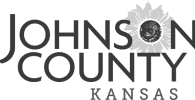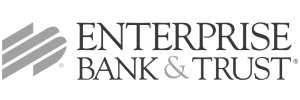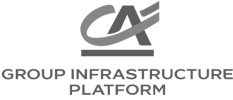Netwrix PingCastle: Strumento di valutazione della sicurezza di Entra ID & Active Directory
Trova e risolvi rapidamente le lacune di sicurezza di AD e Entra ID con uno strumento di valutazione della sicurezza di Active Directory ibrido che fornisce chiare intuizioni e guida alla rimediazione.
Scopri come li abbiamo aiutati
Affidato a





































































Valutazioni del rischio di Active Directory rese attuabili
Affidabile in tutto il mondo
Fidato da oltre 45.000 domini in 193 paesi, il nostro strumento di valutazione AD offre affidabilità e sicurezza comprovate su scala globale.
Copertura completa
Rileva oltre 170 rischi di identità ibrida per proteggere il tuo ambiente con intuizioni proattive.
Basati su standard
Mappata sui controlli MITRE™ e ANSSI, la nostra soluzione garantisce conformità e protezione validata per minacce in evoluzione.
Chiare indicazioni per la rimediazione
Ricevi passaggi concreti per correggere i rischi identificati con raccomandazioni immediate che rafforzano la tua posizione di sicurezza.
Ora disponibile nel cloud
Utilizza PingCastle come parte della piattaforma Netwrix 1Secure per un dispiegamento semplificato e una gestione centralizzata dei rischi.
Capacità
Informazioni utili per la valutazione della sicurezza di Active Directory che rivelano lacune nella sicurezza, danno priorità alle correzioni e rafforzano l'infrastruttura di identità in diversi ambienti

Vai oltre con l'Enterprise Edition
L'edizione gratuita offre una rapida visibilità con scansioni manuali. L'Enterprise aggiunge valutazioni programmate, tracciamento della rimediazione dei rischi, copertura multi-dominio e altro ancora.
Soluzioni
Vai oltre la protezione da una singola minaccia. Proteggi ogni aspetto con le soluzioni Netwrix.
Fidato dai professionisti
Non fidarti solo della nostra parola
Integrazioni
Integrazioni senza soluzione di continuità per una sicurezza più intelligente
Vedi tutte le integrazioni





